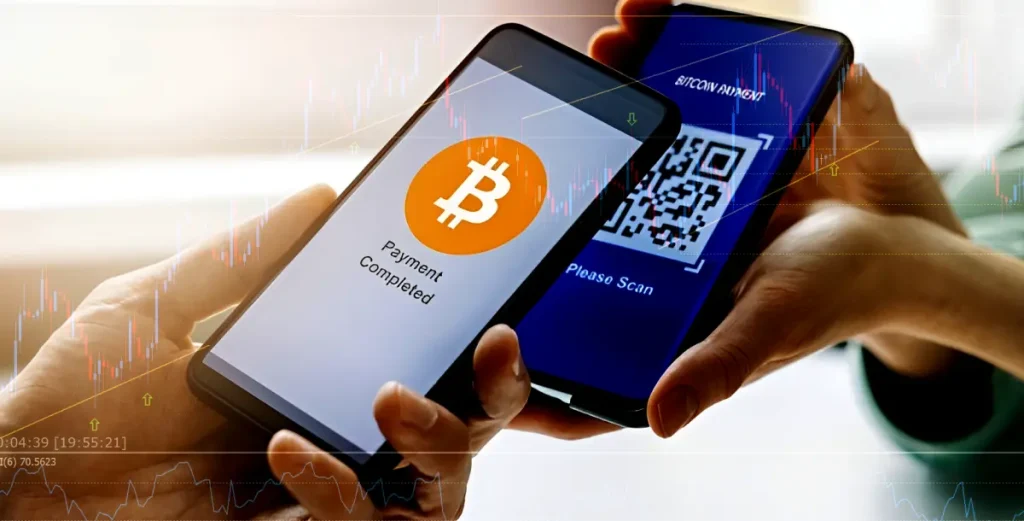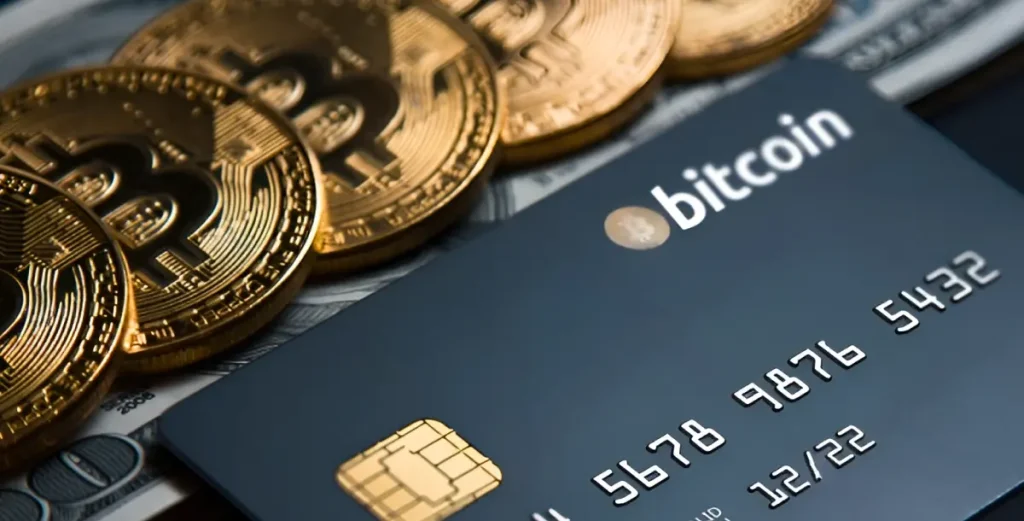Stablecoins and on-chain rails moved from crypto convenience to credible payment infrastructure in 2025. Market supply hit new highs, rulebooks solidified in the U.S., EU, and Asia, and global networks began wiring stablecoins into settlement and treasury. Below is a clear view of where things stand, what changed this year, and how operators should adapt.
What Counts as Crypto Payments in 2025
When we talk about crypto payments today, we’re really talking about four practical use cases that operators, merchants, and treasurers are deploying right now:
- Retail & B2B checkout: Cards, Payment Service Providers (PSPs), and merchant platforms that accept crypto or stablecoins and auto-convert to fiat.
- Treasury & settlement rails: Issuers, acquirers, and networks prefunding or settling obligations in stablecoins for faster close.
- Cross-border value transfer: Stablecoin remittance and supplier payments that avoid cut-offs and reduce nostro balances.
- DeFi-adjacent finance: On-chain lending, payables, and yield management that treasury teams are beginning to pilot.
Why More People Are Paying With Crypto Now
Three forces converged.
First, better rails: stablecoins made value transfer fast, predictable, and always-on; on/off-ramps became simpler; and card programs bridged crypto balances to everyday spend.
Second, clearer rules in key markets nudged banks, processors, and enterprises to integrate crypto payments, reducing counterparty anxiety.
Third, real user flows formed: people now earn in crypto (payouts, payroll, yield), trade or park value in stablecoins, then spend directly without hopping back through slow, expensive banking steps.
This is increasingly viable as more merchants—from major online brands to local businesses—now accept cryptocurrency payments directly, closing the loop and creating a truly native digital economy.
The result is fewer hops, lower friction, and settlement that matches internet speed.
Stablecoins are the Default Spend Asset
Stablecoins are the default spend asset because they behave like digital dollars while retaining crypto’s programmability and global reach.
- Price stability: No surprise swings at checkout; the amount you send closely matches what the recipient expects.
- Speed and availability: Finality in minutes or seconds, 24/7/365, across borders.
- Lower friction and fees: Fewer intermediaries than wires or card acquirers for many corridors; simpler reconciliation for businesses.
- Programmable finance: Invoices, holds, milestone releases, and revenue splits can be automated in smart contracts.
- Interoperability: The same token can fund payroll, settle marketplace balances, collateralize a short-term loan, and pay a supplier—without leaving the digital stack.
2025 Snapshot On Macro Payments
Before you map features, anchor your plan to where payments actually are in 2025. Treat these as build requirements for capacity planning, treasury flows, and compliance.
Cashless keeps compounding.
Central banks report another year of strong growth in non-cash payments, with especially fast expansion in emerging markets (near 30% y/y in 2023), reinforcing the shift you’re building for: more digital, more 24/7.
Instant rails are moving into the mainstream.
By 2028, instant payments are projected to account for roughly 20% of all digital transactions worldwide—about 235B real-time transactions—with India, Brazil, and China driving the bulk of volume. If you plan to route payouts and settlements, engineer for RTP/UPI-style SLAs, not batch windows.
U.S. real-time is hitting scale moments.
The Clearing House’s RTP network set a single-day record on Oct 3, 2025 with 1.8M payments worth $5.2B, a useful proxy for the operational loads your treasury and risk systems must handle as clients expect “right-now” funds availability.
Cards remain the demand backbone.
Visa’s September-quarter results show payment volume +9% y/y and cross-border +12%, signaling healthy consumer spend and travel/e-commerce flows—important if your monetization depends on card on/off-ramps and interchange-adjacent programs.
Treat “payments” as a multi-rail problem. Design for cards (global acceptance, chargebacks), instant rails (funds availability, fraud ops), and account-to-account cross-border (FX, data) in parallel. Reserve stablecoin specifics for your separate section; this slice gives you the macro baselines you asked for.
Rails are modernizing: instant, interoperable, data-rich
Around the world, the fundamental systems that move money are getting a major upgrade, focusing on three key areas: speed, smarter data, and seamless cross-border connections.
Here’s a look at the key changes:
The U.S. is embracing real-time payments and richer data. Networks like The Clearing House’s RTP now serve most U.S. bank accounts, processing over a billion instant payments. In 2025, the Fed’s Fedwire system will adopt a new global data standard (ISO 20022), which will make it easier to screen payments and automate accounting.
Europe is making instant payments the new normal. New EU rules now require banks to offer instant euro transfers 24/7, moving beyond slower, next-day options. This forces the financial industry to provide modern, always-on payment rails to everyone.
Countries like India and Brazil are setting the pace. India’s UPI and Brazil’s Pix systems continue to break records, processing massive volumes of instant, account-to-account payments. They are now expanding into new features like automated recurring payments, embedding themselves deeper into daily commerce.
The next frontier is connecting these national systems. Initiatives like the BIS’s “Project Nexus” are working to link domestic instant payment systems (like UPI and Pix) together. The goal is to make sending money across borders as easy and predictable as sending it domestically.
What this means for operators and merchants:
- Prioritize Instant Payments: Rethink your payment processes—like refunds, fraud detection, and invoicing—to work with 24/7 instant payment rails. This will speed up your cash flow and meet customer expectations for immediacy.
- Use Richer Data: Adopt the new ISO 20022 data standard. The extra information that comes with each payment (like purpose codes) will make compliance checks easier, reduce errors, and allow for more accounting automation.
- Prepare for Connected Borders: As cross-border systems like Nexus develop, international payments will become faster and cheaper. Start planning now to integrate these new direct routes into your operations.
- Offer Payment Choice: While cards aren’t going away, instant bank transfers (account-to-account payments) are growing in popularity. Give customers a choice at checkout, allowing you to route payments based on cost, speed, and risk.
Processors and Rails: Who’s Actually Winning
The best crypto payment providers aren’t just the biggest names; they are the ones who solve real business problems. They win by making payments fast, reliable, and simple for both shoppers and merchants.
The key traits they all share are:
- Multi-Rail Support: They don’t rely on just one blockchain. They use a mix: fast, cheap options like Solana or Ethereum Layer-2s for everyday purchases, and Bitcoin’s Lightning Network for instant, tiny transactions. This ensures the best combination of speed and cost.
- Instant, Guaranteed Pricing: They give merchants a firm, locked-in exchange rate for a short window at checkout. This automatically converts the crypto to a stable value at the moment of sale, completely removing the risk of price volatility for the business.
- Professional Business Tools: They provide the same operational tools that businesses expect from traditional payment systems. This includes easy refund processing, detailed reports for accounting and taxes, and clear customer service procedures.
- Built-in Compliance & Security: Safety is automated. They screen transactions against sanctioned addresses, maintain clear audit trails for regulators and banking partners, and ensure every payment is legitimate.
In short, these providers turn “Pay with Crypto” into a seamless experience that boosts sales for merchants and gives shoppers a fast, modern way to pay—without forcing anyone to worry about crypto’s famous price swings.
Bottom line
The crypto payments landscape is thriving and stands on the verge of a major transition. With stablecoin adoption at record highs and major financial networks integrating digital asset rails, the infrastructure for mainstream crypto payments is being built today.
This shift is being powered by a new class of solutions that seamlessly connect digital currency to everyday commerce, with crypto-powered card programs leading the charge.
Build it right with ChainUp.
ChainUp provides the essential infrastructure to capitalize on this shift. From launching seamless crypto card solutions that bridge digital assets and point-of-sale systems to our comprehensive suite of white-label exchange, wallet, and tokenization rails, we provide the foundation for your payment ventures.
Our platform comes with embedded compliance—including KYC/KYT, Travel Rule workflows, and stablecoin integrations—enabling you to launch secure, payment-grade products faster in the U.S., EU, and Asia.
Let’s turn this market transition into your competitive edge.
Ready to build? Reach out to ChainUp’s payments team to map your 2026 go-to-market.




